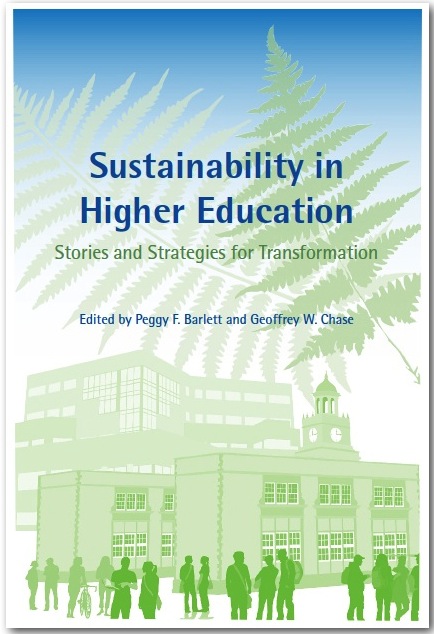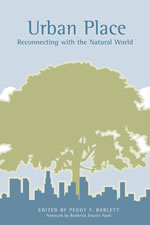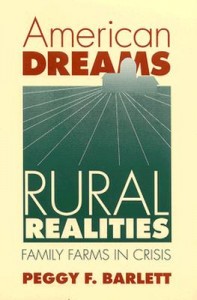Campus Change, Place and Health, and Agrarian Transformation
Campus Change
Both at Emory and at other institutions, I experienced first-hand how new insights and behaviors around sustainability took root; the importance of narratives to provide guidance and inspiration became clear. Geoffrey Chase of San Diego State University and I edited Sustainability on Campus: Stories and Strategies for Change (MIT Press, 2004) to share compelling stories of how colleges and universities around the country started down the path of sustainability-related innovation.
Place and Health
Later, listening to and observing my faculty colleagues in the Piedmont Project develop a deeper connection to place led me to understand the importance of building a sensory, embodied relationship with the natural world that surrounds us. Place-based engagement can provide a positive river of energy for the difficult work of moving toward sustainability. Urban Place: Reconnecting with the Natural World (MIT Press, 2005) presented studies from social science, psychology, and medicine to explore this emerging place component of the sustainability movement. The “Emory as Place” initiative, led by Professor of Religion Bobbi Patterson, was an important influence in this work.
Agrarian Transformation in Latin America and the United States
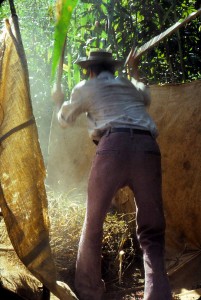
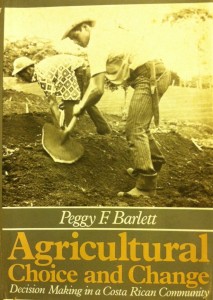
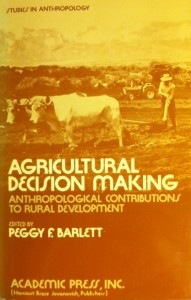
My previous research focused on agricultural development in Latin America and the United States, and and it has been a great joy to see my former students continue that work. In the 1970s, I carried out economic anthropology among peasant farmers in a mountainous village in Costa Rica. I was interested to explore the impact of Green Revolution agricultural technologies and small farmer credit programs on household income, food security, and social inequality. My work addressed the intersections of ecological and demographic change, emerging stratification, penetration of global markets, and household economic decisions and linked these local changes to larger international processes.
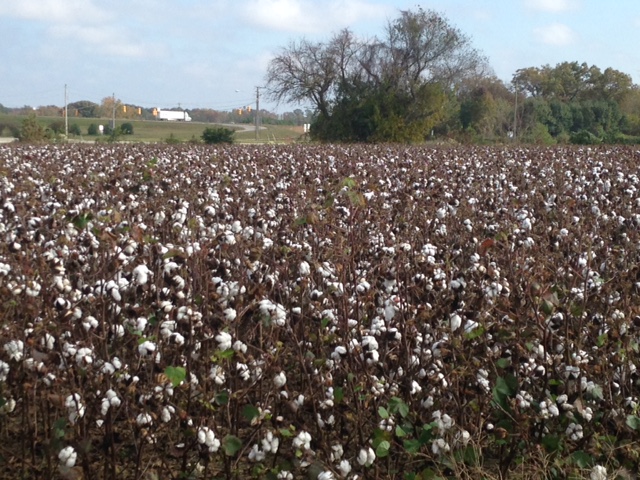
In the 1980s, I extended these interests to industrial societies and explored the U.S. farm crisis through an in-depth study of one south Georgia county. Focusing on the challenges to family farms in the commercial agriculture heartland of the US, this work combined economic anthropology and political economy with an understanding of men’s and women’s visions of personal success, consumption, and values. I found that farm survival during the 1980s crisis of drought and disastrous prices was determined more by management style—ambitious or cautious—than by farming skill, farm resources, or crop/livestock strategy. Women’s commitments to the farm, and husbands’ and wives’ expectations about marital partnership also emerged as important aspects of farm survival.
I have also carried out research in highland Ecuador among Quicha-speaking farmers and weavers in 1970 and was honored to join a Central American human rights delegation in 1985. My interest in household economies in diverse countries was broadened by a four-year association with the Arkleton Trust research program on part-time farming in thirteen European countries and by serving as a consultant with AID on poverty in Costa Rica.

